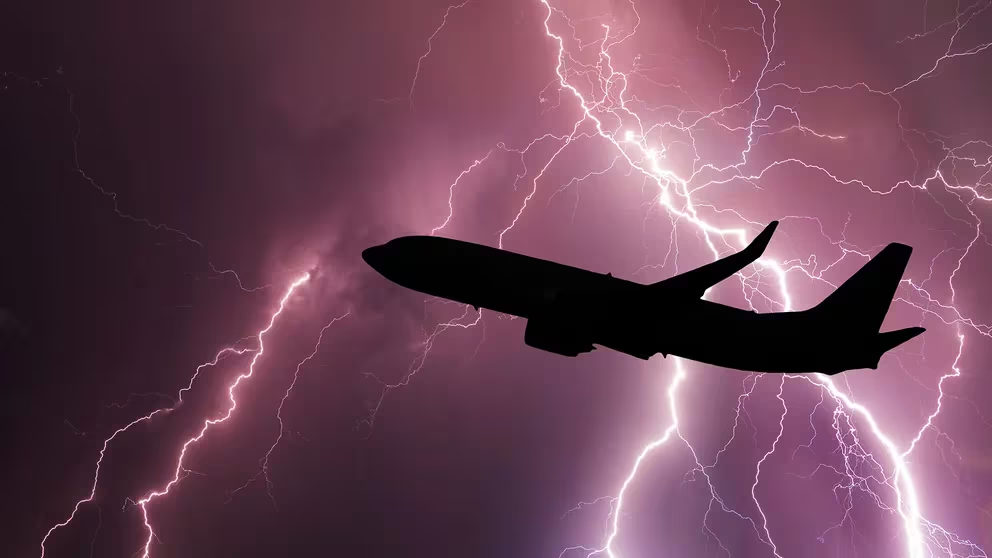When we talk about the Asian continent, we have to admit, the Philippines is not THE destination we would think of first. This archipelago of more than 7,000 islands is nevertheless full of landscapes as diverse as they are varied. From the rice fields in the north to the heavenly beaches further south, passing through the fervor of Manila, get ready to discover a country still preserved from mass tourism which will surprise you with its culture, its welcome and its benevolence.
A little history
The country, called “Las Islas Felipinas” in honor of the Infante of Spain (future Philip II of Spain), joined the Spanish Colonial Empire in 1565. Colonial rule would last three long centuries and end after the Philippine Revolution of 1896. Spain then ceded the country to the United States in 1898 in the wake of the Spanish-American War.
It will not be until 1946, that the Filipino people will be entitled to independence after the Japanese occupation during the Second World War. In 1992, the United States will finally abandon the last military bases and leave Philippine soil for good.
The complex history of this country reflects the diversity of its culture. A mix of Malayo-Polynesian and Hispanic cultures, with Chinese and American influences. Today, the Catholic religion predominates.
During my trip, I could feel these different cultural influences. From the churches that I was able to visit, to the jeepneys, the Filipinos’ daily means of transport, a sort of improved Jeep imported from the United States which transports you everywhere on the cheap, without forgetting the basketball baskets hung here and there on the trees, a sign of American influence par excellence. Moreover, we speak fluent English here. It is one of the official languages behind Filipo.

As for my trip, it was incredibly rich. From the Pitatubo volcano, a real journey to the center of the Earth, to the sublime rice fields of Banaue, via El Nido, gates of paradise, here is a small summary of my adventure. Hoping to be able to inspire you.
The Pinatubo Volcano, a journey to the center of the Earth

A volcanic land, the Philippines offers superb and unique natural landscapes. Volcanoes are also numerous and very active. Appointment is therefore taken with the Pinatubo volcano and its crater, accessible since the last devastating eruption in 1991.
Departure at dawn from Manila to arrive in the village of Santa Juliana, 90 kilometers southeast of the capital. After 45 minutes of tumultuous Jeep ride, we reach the first checkpoint where the trek on foot can then begin.
The three hours of walking required to reach the summit are magnificent. We progress in an arid valley where ash, mud and streams mix, and we sometimes meet some aborigines, living in the mountains. The heat being part of it, I advise you to take with you a few bottles of water.

Arrived at the crater, the panorama which rises offers us an explosion of colors; a lake with turquoise water surrounded by steep cliffs where the vegetation gently takes back its rights. A real postcard. Swimming is prohibited, the water being loaded with sulphur. Too bad, we would have taken a dip after the trek!

We descend slowly from the summit to reach the Jeep and return to the village of Sant Juliana, where our bus is waiting for us.
The rice fields of Banaue, listed as World Heritage by UNESCO

The Banaue Rice Terraces have been declared a cultural and world heritage site by UNESCO. This preserved region, where rice paddies extend as far as the eye can see, has been sculpted by man for 2,000 years to meet its needs. The rice here is grown organically and is the staple food of the Filipinos (8th rice producers in the world).

From Banaue, we embark on a famous Jeepney on a steep mountainous road which makes us discover the region. After a few stops along the road to admire the landscape, we arrive at the meeting point for a walk in the middle of the rice fields. We will follow the guide who will make us meander along the irrigation canals. Terraces as far as the eye can see, an Olympian calm, and a few locals who work the land. The change of scenery is total.

To take a walk in the rice fields, information can be obtained from the Banaue Tourist Office.
My adventure in the rice fields in the north of the country is coming to an end. After buying a few kilos of rice as souvenirs, it is now time to leave the place to discover another side of the Philippines, just as attractive; the paradisiacal beaches of the south of the country in the Bacuit archipelago. Go to the island of Palawan.
El Nido, the gates of paradise

If paradise exists, look no further, it is here, in the north of the island of Palawan. We will board a propeller plane from Manila for an hour flight to the small airport of El Nido .
As soon as we arrive on the tarmac, the archipelago offers us an astonishing panorama; steep black islets and rocks that contrast with the clarity of the water and the lush vegetation. I really look forward to exploring this part of the region more closely.
The village of El Nido will be the starting point of your adventures. On site, you will find hotels, restaurants, as well as agencies able to help you discover the most beautiful spots in the region. All offer more or less the same excursion circuits and will take you to Big Lagoon, Coconut Island, Small Lagoon or Snake Island. Names that smell of coconut palms and hot sand.

During my three-day getaway in the Bacuit archipelago, I was lucky enough to stay in a hotel that looked like a little corner of paradise. On a private cove, in the middle of nowhere, it was at the Miniloc Island Resort that I had the pleasure of packing my bags. Halfway between a luxury hotel and a Robinson Crusoe cabin, this hotel will please both adventurers and the most seasoned adventurers. Rooms on stilts above the water, cabins hidden in the jungle, birds and even monkeys, the decor is set. The price of the stay will also include the boat transfer from El nido, meals, and activities like snorkeling and canoeing in the bay where you will swim in turquoise green water that I personally had never seen before.
It is in this setting of beauty that my Filipino adventure ends, with memories full of the head. I remember these marvelous and preserved landscapes as well as the smiles and the kindness of the Filipinos.
The Philippines have been opening up to tourism for a few years but the country has managed to preserve its authenticity. I fell in love with a land of 1000 facets, and I intend to set foot there again soon.



































